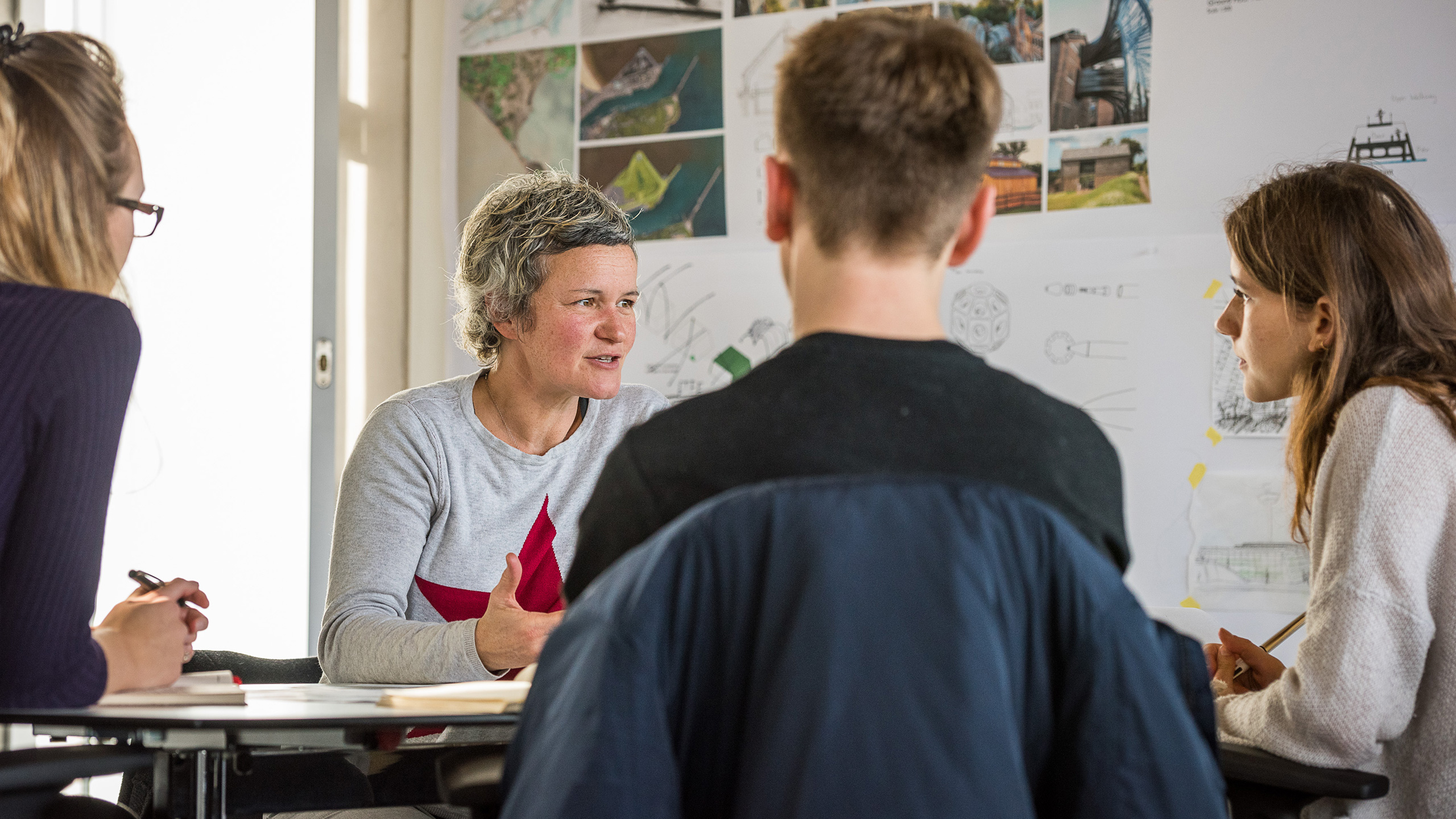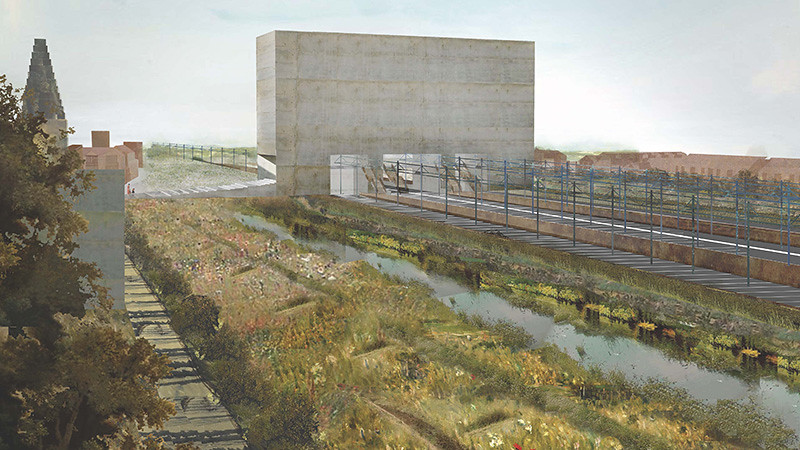Our civil engineering students tackle design projects throughout their studies to develop their technical knowledge, as well as practical skills such as drawing, model making and computer-aided design.
For Gemma these projects have been one of the most enjoyable parts of her degree: "The project work has enabled me to apply my theoretical knowledge learnt in lectures and seminars to real-world problems and it has been refreshing to have the opportunity to think independently and creatively. At Bath, we are encouraged to solve problems using our intuition, judgement and curiosity instead of simply learning mathematical equations."
In Gemma's final year she worked alongside three architecture students and another civil engineer on our flagship group design competition, the Basil Spence. Working in interdisciplinary groups prepares students for the professional team relationships they will experience in their future careers and results in creative and well-rounded design solutions. Gemma and the team designed a new train station for Oxford that had to be both awe-inspiring for commuters and act as a catalyst for urban renewal.
"The project was based on a real competition entry set by Oxford City Council, Oxfordshire County Council and Network Rail. From our initial site visit to Oxford, our team agreed that the city deserved a space that represented and provided opportunities for the people who would come to use it."
The design process
When it comes to the Basil Spence competition, the process is just as important as the outcome. Students are encouraged to push the boundaries of their design work through weekly tutorials and feedback (crit) sessions with lecturers and industry professionals: "I began the project with apprehension and fear of the huge task we were faced with. However, our team decided early on that instead of ‘engineers’ and ‘architects’, we were all primarily ‘designers’. This gave me the confidence to embrace and take responsibility for the aesthetic and tectonic design, as well as the structural and environmental strategies.
"We developed our project through the discussion of ideas, site analysis, drawings and building scale models. Throughout the project we had visiting tutors from industry, practising engineers and architects, who gave us practical advice based on their experiences in the real world."
The group developed their design around three key themes: 'rhythm, route and rush'. Taking inspiration from the regular pattern of railway track sleepers, the rhythmic sound of trains passing and the repeated Gothic arches of Oxford's buildings, the team used recurring wooden frames to lay out a sense of rhythm. A meandering steel bridge linking East and West through the design formed the route for commuters to pass through and timber frame-hempline modules provided the rush. These modules formed spaces to bring people together to shop, eat and rest.
"A station is a place of activity, where individuals collide with and depart from one another. The aim of our scheme was to promote this by generating scenarios that encourage people of all ages, occupations and cultural backgrounds to interact with one another, creating an animated and vibrant space.
"The final scheme incorporated structural designs and environmental strategies into the aesthetics of the building. This was a result of engineers and architects working side by side."
Ready for the world of work
Gemma has just started a graduate scheme in London where one of her first projects is the London Waterloo station upgrade. She'll be working towards gaining chartered engineer status alongside her STEM ambassador activities to encourage more young people into engineering.
"I'm most looking forward to seeing my designs on paper come to life and for the day people start using the Waterloo International Terminal, and I can say... I built that! I have a fantastic team who are all helping me to develop my confidence in overcoming engineering challenges.
"Starting out as a graduate can be quite scary, but my time at Bath has prepared me for large-scale projects such as the one I am working on now."



